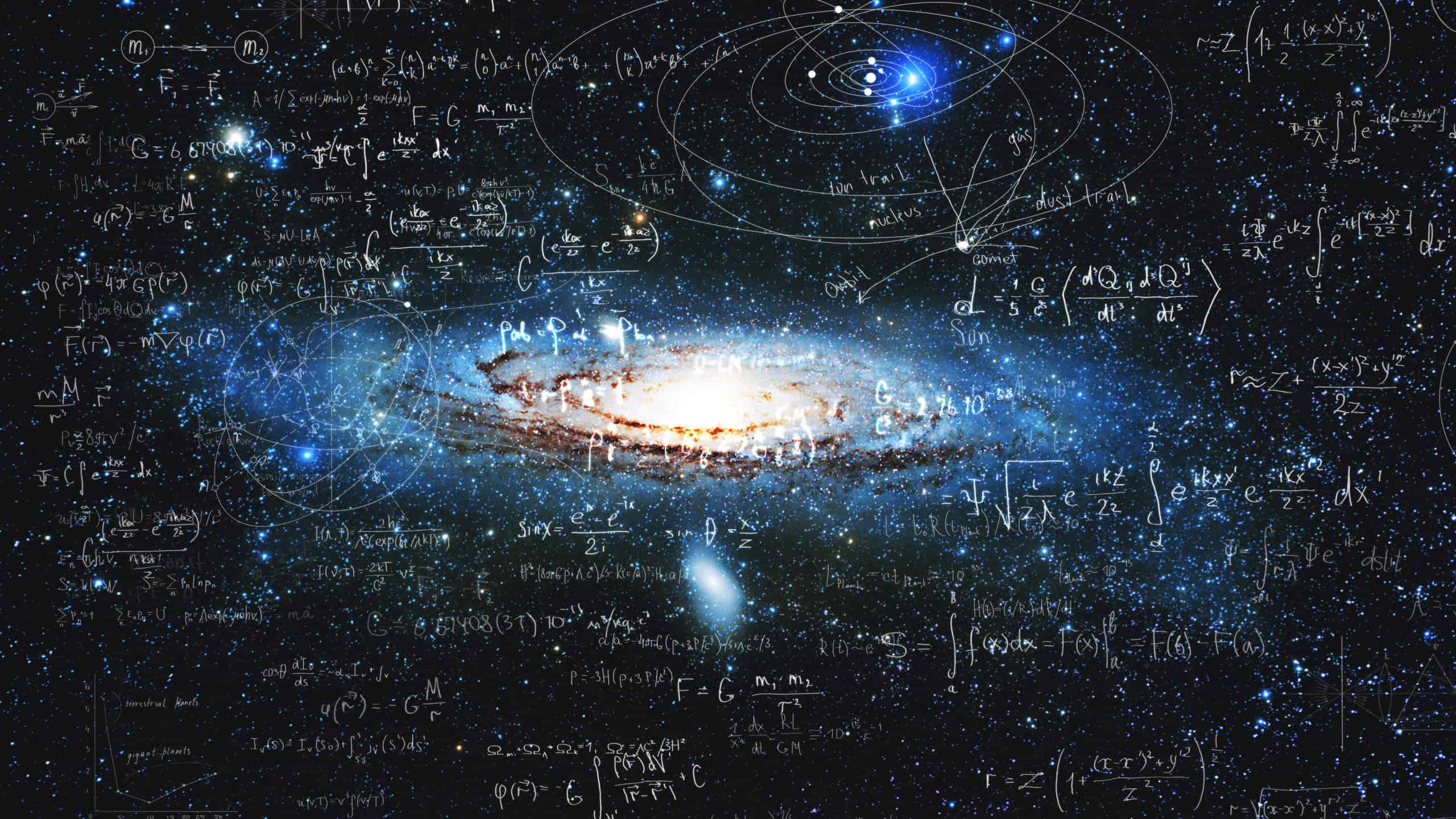Andreas Floer changed geometry more than 30 years ago. Now, two mathematicians, named Mohammed Abouzaid and Andrew Blumberg of Columbia University have discovered a way to broaden their groundbreaking viewpoint.
Imagine a planet traveling through space to get an idea of how the configurations of a physical system might be utilized to construct a geometric entity. Six numbers, three for each attribute, can be used to express the planet’s location and momentum. The phase space of the system may be created by representing each possible combination of the planet’s location and momentum as a point with six coordinates. It takes on the form of flat, six-dimensional space in this instance. A line that weaves across this space can be used to visualize the motion of a single planet. Phase spaces can have a wide variety of geometries. For example, the position of a swinging pendulum can be represented as a point on a circle and its momentum as a point on a line. The phase space of a pendulum is a circle crossed with a line, which forms a cylinder.
Andreas Floer created a completely novel method for counting holes in topological objects in the 1980s. Other theories that met the same fundamental criteria as homology were looked after by topologists. As a result, these were dubbed broad homology theories. Topologists constructed a tower of generalized homology theories, all of which can be used to categorize spaces, starting with homology as the foundation. The ground-floor theory of homology is mirrored by Floer’s homology. But symplectic geometers have long pondered whether it is conceivable to create topological theories that, like Floer’s original theory, relate the generalized homology with particular properties of space in an infinite-dimensional situation. In several areas of geometry and topology, such as mirror symmetry and the study of knots, Floer’s theory proved to be incredibly helpful. The Arnold conjecture, however, was not fully answered by the Floer theory since Floer’s approach was limited to a single kind of manifold. Symplectic geometers made a significant collective effort to get around this barrier over the course of the following two decades. The research eventually produced proof for the Arnold conjecture, which calls for computing the homology using rational numbers. However, when holes are counted using different number systems, such as cyclical numbers, the Arnold hypothesis remains unanswered.
Floer, who died in 1991 at the age of 34, never got the opportunity to complete the research but mathematicians around the world continued to seek methods to build on the ideas.
The demonstration required dividing by the number of symmetries of a single item, the study did not extend beyond cyclical number systems. With rational numbers, this is always feasible. The division is more difficult with cyclical numbers. If the number system cycles back after five—counting 0, 1, 2, 3, 4, 0, 1, 2, 3, 4—then the numbers five and 10 are both equivalent to zero. (This is similar to the way 13:00 is the same as 1 pm.) As a result, dividing by five in this setting is the same as dividing by zero—something forbidden in mathematics. It was clear that someone was going to have to develop new tools to circumvent this issue. To expand Floer’s theory and prove the Arnold conjecture with cyclical numbers, Abouzaid and Blumberg needed to look beyond homology. Mathematicians frequently consider homology to be the outcome of applying a precise formula to a shape. During the twentieth century, topologists began to consider homology on its own terms, irrespective of the mechanism that produced it.
Abouzaid and Blumberg have accomplished their ambition after nearly five years of hard labor. They employ a Floer version of Morava K-theory to verify the Arnold conjecture for cyclical number systems in their new study. The study they developed is based on a well-known hypothesis made by Vladimir Arnold in the 1960s. Arnold was studying classical mechanics and wanted to discover whether planet orbits are stable, meaning they return to their original shape after a specific length of time. Arnold’s work was in a branch of mathematics that deals with the various configurations that a physical system, such as bouncing billiard balls or circling planets, might take. These configurations are recorded in geometric objects known as phase spaces, which are part of the thriving mathematical subject known as symplectic geometry. Arnold predicted that any phase space of a given kind has a finite number of configurations in which the system it depicts returns to its starting point. This would be analogous to billiard balls resuming their previous placements and speeds. He predicted that this minimal number would be at least equal to the number of holes in the whole phase space, which may take the shape of objects such as a sphere (which has no holes) or a doughnut (which has one). The Arnold hypothesis connected two fundamentally distinct ways of thinking about shapes. It proposed that mathematicians may use squishy topological features to learn about the mobility of things in a given shape (as represented in how many configurations return the object to where it originated) (how many holes it has).
Photo: Lia Koltyrina/Shutterstock
You might also like:
Support us!
All your donations will be used to pay the magazine’s journalists and to support the ongoing costs of maintaining the site.
Share this post
Interested in co-operating with us?
We are open to co-operation from writers and businesses alike. You can reach us on our email at [email protected]/[email protected] and we will get back to you as quick as we can.










